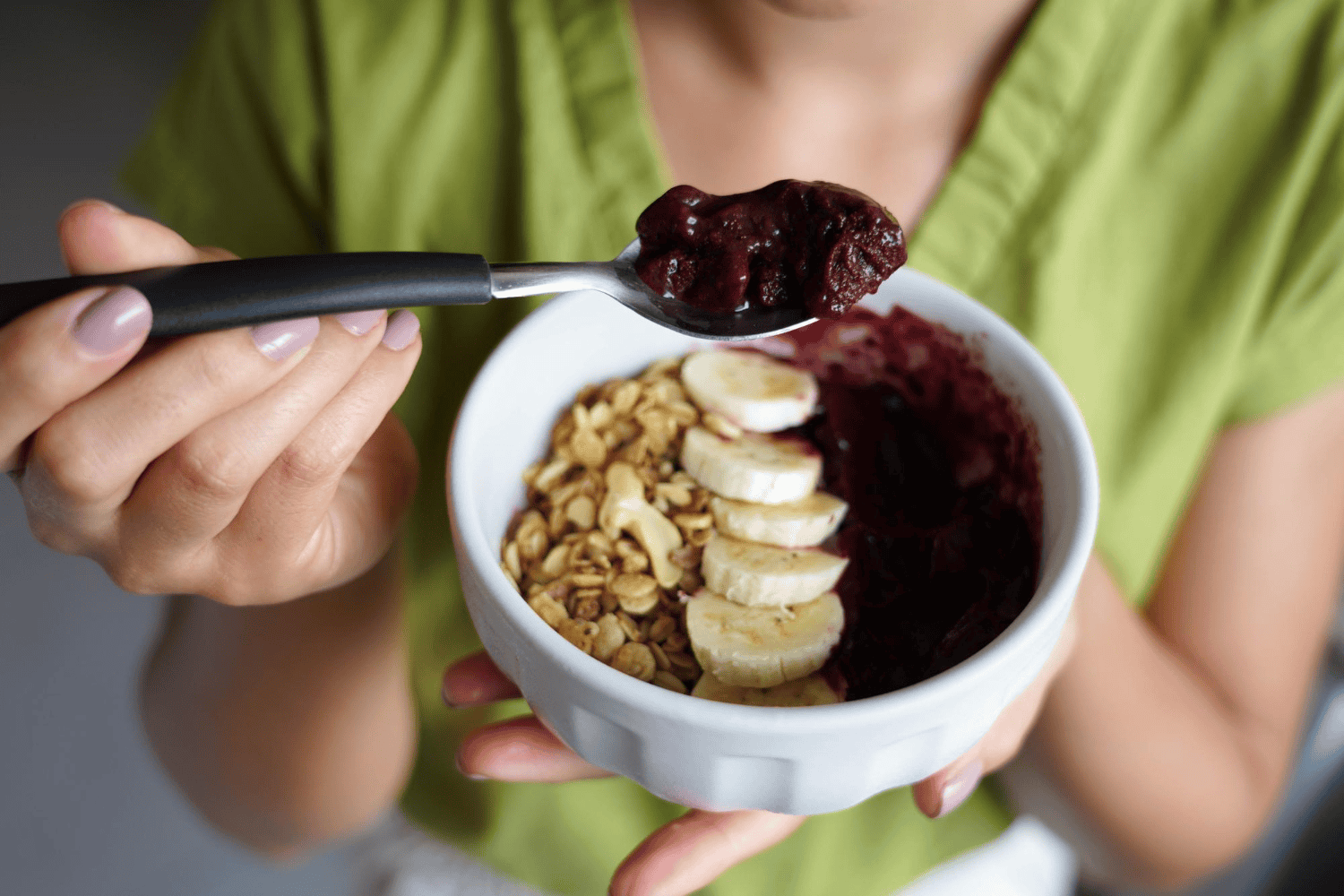
Can diabetics enjoy acai bowls? Exploring the sweet truth
Acai bowls have become a popular treat worldwide, celebrated for their delicious taste and numerous health benefits. However, for individuals managing diabetes, the question of whether they can safely include acai in their diet is crucial.
Understanding Acai and Its Nutritional Profile
Acai berries, native to the Amazon rainforest, are renowned for their high antioxidant content, essential fatty acids, and an array of vitamins and minerals. These small, dark purple berries are often blended with other fruits and served as a thick, creamy bowl, topped with various healthy additions like granola, fresh fruits, and nuts.
Nutritional Benefits of Acai
- Rich in Antioxidants: Acai berries are packed with antioxidants, particularly anthocyanins, which help combat oxidative stress and inflammation.
- High Fiber Content: Fiber is essential for digestive health and can help manage blood sugar levels.
- Healthy Fats: Acai contains omega-9 and omega-6 fatty acids, which are beneficial for heart health.
- Vitamins and Minerals: Acai is a good source of vitamin C, vitamin A, calcium, and potassium.
The Glycemic Index of Acai
The glycemic index (GI) measures how quickly a food raises blood sugar levels. Foods with a high GI can cause rapid spikes in blood sugar, which is a concern for diabetics. Studies have shown that acai pulp has a high GI, meaning it can significantly impact blood sugar levels if consumed in large quantities.
Managing Portion Sizes
For diabetics, the key to enjoying acai is moderation. Small portions of acai, especially when combined with low-GI foods, can be a part of a balanced diet. For example, pairing acai with high-fiber toppings like oats or seeds can help moderate blood sugar spikes.
Customizing Your Acai Bowl
The beauty of acai bowls lies in their versatility. Here are some tips for making a diabetic-friendly acai bowl:
- Choose Unsweetened Acai: Opt for pure, unsweetened acai pulp to avoid added sugars.
- Add Low-GI Fruits: Incorporate berries, apples, or pears instead of high-GI fruits like bananas and mangoes.
- Include Protein and Fiber: Adding nuts, seeds, or a dollop of almond butter can enhance the nutritional profile and help stabilize blood sugar levels.
- Avoid Sugary Additions: Skip toppings like granola with added sugar, honey, or sweet sauces.
The Verdict: Can Diabetics Eat Acai Bowls?
Yes, diabetics can enjoy acai bowls, but with some important considerations. The primary concern is the portion size and the accompanying ingredients. Here’s how you can safely include acai in your diet:
- Consult with a Healthcare Provider: Before adding acai to your diet, consult your doctor or a registered dietitian. They can provide personalized advice based on your health condition and dietary needs.
- Monitor Blood Sugar Levels: Pay attention to how your body reacts to acai. Check your blood sugar levels before and after consuming acai to understand its impact.
- Enjoy in Moderation: Treat acai bowls as an occasional treat rather than a daily staple. This helps prevent excessive calorie intake and blood sugar spikes.
Vida Boa’s Diabetic-Friendly Acai Options
At Vida Boa, we understand the importance of offering delicious yet healthy options for everyone, including diabetics. Our acai bowls are crafted with care, using high-quality, unsweetened acai pulp and a variety of nutritious, low-GI toppings.
Experience the Vida Boa Difference
If you’re a diabetic looking to enjoy the vibrant flavors of acai without compromising your health, Vida Boa has you covered. Our carefully curated bowls provide a delightful mix of taste and nutrition, ensuring you can indulge in this superfood safely.
Acai bowls can be a delightful addition to a diabetic diet when consumed in moderation and paired with the right ingredients. By choosing unsweetened acai, incorporating low-GI toppings, and keeping portions in check, diabetics can enjoy this Amazonian treat without worry. Always consult with healthcare professionals to tailor your diet to your specific needs.

